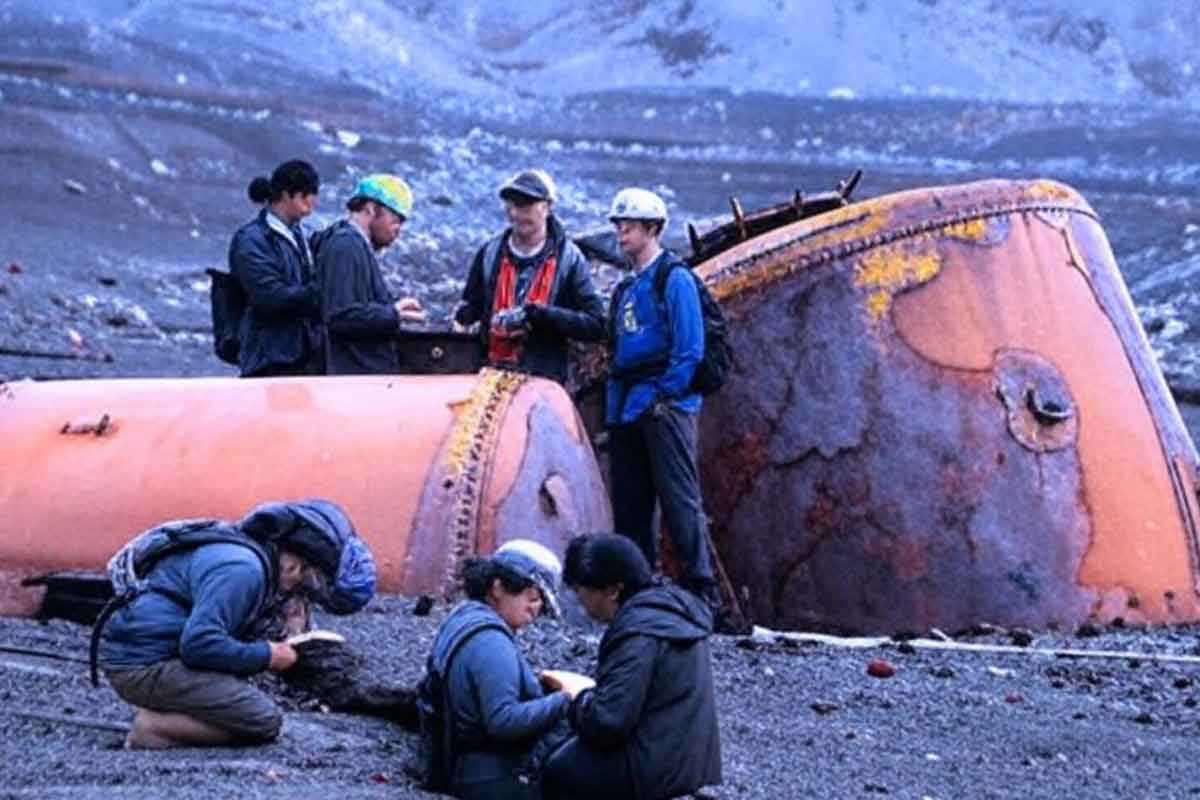A tremor runs through energy politics as a reported 511-billion-barrel cache surfaces beneath Antarctica. Russia’s scientific campaigns, framed as research, now collide with questions about treaties, markets, and stewardship. The calm of the polar frontier meets hard numbers, sharp diplomacy, and fragile ecosystems. Oil giants watch supply math shift, while lawyers parse obligations. Scientists keep surveying, and capitals trade statements. The stakes touch prices, security, and the last vast reserve still shielded from drills.
What the reports say and where the stakes sit
According to Newsweek, Russian researchers outlined what they call one of the largest untapped oil reserves on Earth: roughly 511 billion barrels beneath the polar ice. That scale would overshadow many current basins. It is nearly twice Saudi Arabia’s known reserves, and, taken another way, about ten times the North Sea’s output across the last fifty years.
The location cited is the Weddell Sea, inside a sector claimed by the United Kingdom and contested in part by Argentina and Chile. Those overlapping claims already complicate diplomacy. The Antarctic Treaty System suspends sovereignty disputes, yet political realities persist. Because national narratives differ, every new dataset invites fresh friction over status, intent, and future rights.
Russian research vessels gathered seismic readings during recent expeditions. These methods can map subsurface structures with precision and, therefore, inform geological models. When teams describe areas, they also log environmental baselines. While that enables better science, it also feeds industry-grade prospecting logic. That tension follows Antarctica everywhere a sensor pings or a line gets towed.
How seismic prospecting in Antarctica can mimic pure science
The 1959 Antarctic Treaty sets the ground rules: peace, science, and a categorical bar on resource extraction and military activity. Research thrives under those terms, and, through inspections, signatories reinforce transparency. Because the ban is broad, intent matters; the system relies on trust, verification, and shared data about who is doing what, and why.
Experts warn that seismic campaigns may slip from academic mapping into prospecting. Professor Klaus Dodds of Royal Holloway, University of London, cautions that recent surveys risk eroding norms around acceptable methods. If surveys begin to mirror commercial workflows, confidence drops. And as confidence fades, so does the cooperative spirit that keeps this remote region stable.
Signals from the field travel fast to trading floors. Even the hint of a basin that large affects expectations. Yet a gulf separates a seismic line from a producing well. To cross it would demand rigs, pipelines, and constant logistics, all barred by treaty. The framework stands firm; however, ambiguity around purpose can still unsettle markets and relations.
Geopolitics, energy markets, and environmental red lines
Russia’s expanded presence unfolds after its 2022 invasion of Ukraine, which deepened rifts with Western states. Against that backdrop, every action near the ice carries extra charge. Diplomats read each survey, statement, or port call as a signal. Because energy leverage shapes strategy, the perception of future barrels matters even while drilling remains forbidden.
China adds weight to the equation. It now runs a fifth research base on the polar continent. In governance debates, Beijing and Moscow have often opposed proposals to expand marine protected areas. That alignment alarms conservation advocates, who see a narrowing path for new safeguards. It also nudges other treaty parties to harden their positions.
Global markets react to scale and plausibility. A 511-billion-barrel estimate suggests decades of supply, which, in theory, could moderate prices. Reality differs: extraction is illegal, infrastructure would be extreme, and ecological risk is high. Ice-shelf dynamics, krill nurseries, and cold-adapted life make harm hard to reverse. Thus, caution sits near Antarctica like a sentinel.
Figures, timelines, and treaty guardrails in Antarctica
Context sharpens the numbers. The claim nearly doubles Saudi Arabia’s known reserves. It also outruns half a century of North Sea output by roughly an order of magnitude. These comparisons explain the market attention. Yet they also highlight the chasm between geological possibility and lawful action under today’s rules.
Timeline threads amplify scrutiny. The 1959 treaty demilitarized the continent and elevated international science. Later instruments reinforced environmental protection and cemented a no-mining norm. Those guardrails proved durable, partly because verification and inspections backed them. As long as signatories accept constraints, political storms elsewhere should not breach the polar firewall.
Still, signals from capitals matter. The United Kingdom’s Foreign Office stressed that activities must match obligations and that accountability is essential. Such statements, although diplomatic, carry weight in committee rooms. When paired with independent science reviews, they pressure any actor flirting with gray zones. Thus, due process and daylight work together.
Paths forward under scrutiny, from monitoring to confidence-building
Moscow says its work complies with treaty rules and remains purely scientific. That position will face tests. Clearer protocols can help: publish seismic lines promptly, log objectives, and expand multinational participation on key cruises. With wider teams and shared custody of raw data, intent grows easier to verify and less open to doubt.
Because China’s foothold is larger, wider coordination makes sense. Joint audits of environmental impact, standardized methods, and shared sensor payloads would reduce suspicion. While debates over marine protected areas continue, practical cooperation could still advance: baseline biodiversity surveys, stricter waste controls, and transparent logistics reduce harm and build trust even amid rivalry.
Enforcement also lives in details. Regular inspections, satellite tracking, and public expedition manifests limit surprises. Scientific goals thrive when daylight is routine, and gray areas shrink. Markets, too, prefer clarity, because clear guardrails steady expectations. In that spirit, treaty parties can reaffirm the mining ban while still funding ambitious, open science across Antarctica.
Why restraint, clarity, and shared rules now matter most here
The lure of a 511-billion-barrel trove meets a legal wall built to protect Antarctica. Trust in that wall depends on behavior as much as text. If states show their work, expand joint missions, and accept inspections, the calm endures. If not, suspicion grows, markets twitch, and ecosystems face needless risk. Peace here still rests on transparency, patience, and science.







